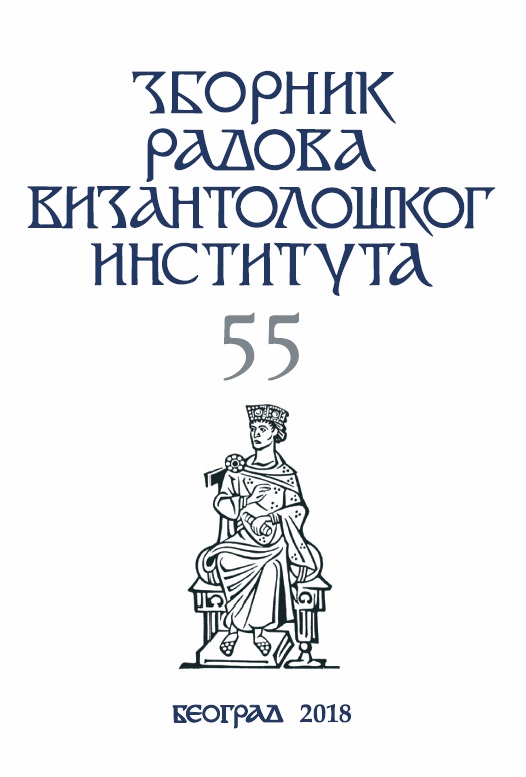Author(s): Henryk Rutkowski / Language(s): English
Issue: 6/2018
The main topic of this paper are the borders of Poland in the 16th century. The country’s state and province borders were first delineated by Bernard Wapowski on his 1526 map from (scale 1:1,000,000). While the map is known only from fragments, Gerardus Mercator used Wapowski’s borders in his map of Europe published in 1554. In 1880, Stanisław Smolka proposed elaborating maps of territorial divisions of the Polish-Lithuanian Commonwealth in the 16th century. The first implementation of this program was the Atlas of the Ruthenian Lands of the Crown, elaborated by Aleksander Jabłonowski (to the scale of 1:300,000) and published in 1904. In 1964, a plan to publish a series of maps under the title of ‘Historical atlas of Poland: detailed maps of the 16th century’ was announced by the Institute of History at the Polish Academy of Sciences. The series aims at to cover ethnically Polish lands within the Crown. Out of the planned eight volumes, five were published in the years 1966–2008, and then their content was combined and published in English in 2014. The newest volume to date, published in 2017, concerns Greater Poland. Central large-scale maps (to the scale of 1:250,000) depict all towns and villages that existed in the second half of the 16th century. The maps indicate state borders, borders of voivodeships, lands, districts, and, in relation to lands owned by the Roman Catholic Church, the borders of dioceses, archdeacons and parishes. Settlements and borders of state administration were recreated with the use of extraordinary tax registers called pobor, and the basis for marking church boundaries was the documentation of canonical visitations. Additional maps to the scale 1:500,000 concern the distribution of landed property, with borders marked between various categories of land ownership. Interpolation of settlements belonging to different administrative units and having a different ownership status was used as a method in the reconstruction of borders of territorial units. This is the most detailed study on the shape of borders on historical Poland lands, not only presenting this element of geographical space in the 16th century, but also serving to further our understanding of border shapes in the earlier and later centuries.
More...













